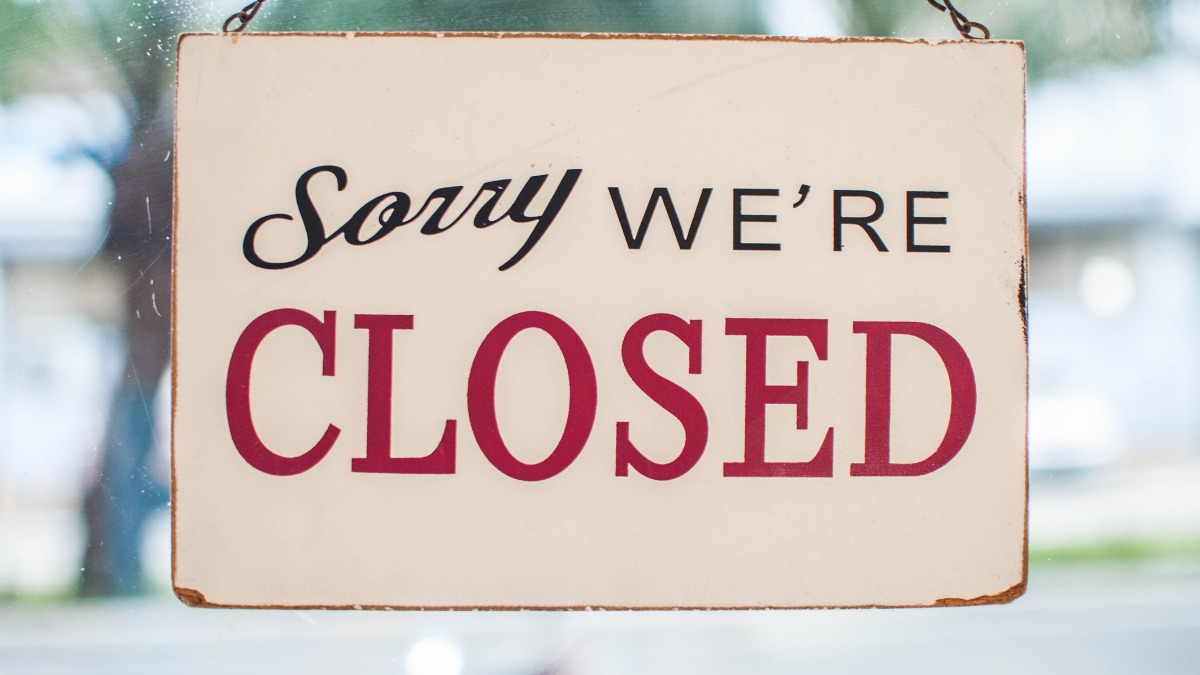Is the dying breath of the historic Koolyanobbing iron ore mine a sign of more to come or just the end of an era?
MinRes iron ore chief Chris Soccio says demand for its lower grade ore remains robust, with concerns specific to one operation
Gold stocks lead gains but Red 5 cops big hit after Silver Lake merger
Mineral Resources (ASX:MIN) iron ore head has moved to allay concerns the bottom could come out of the mid-tier iron ore market despite announcing the closure of one of its three mining hubs yesterday.
MIN chief executive of iron ore Chris Soccio said demand for lower grade iron ore remains robust, echoing comments head honcho and WA billionaire Chris Ellison made at MinRes’ AGM last year, despite the decision to shut down the historic Koolyanobbing mine and its satellite projects in WA’s Goldfields late on Wednesday.
Once mined by BHP (ASX:BHP), MinRes stepped in to save the historic assets from closure in 2018 in a sweetheart deal with the WA Government after US steelmaker Cleveland Cliffs announced its departure from Australia as prices for its lower grade iron ore were crunched.
Brokered in a deal that included State royalty relief that expired this year, the survival of the 11Mtpa operation (scaled back to around 8Mtpa in recent times by MinRes) helped preserve hundreds of jobs at the mine, and crucially hundreds of wharfie roles at the port of Esperance, where closure would have risked frictions for the then McGowan Labor Government with the local community and Maritime Union.
It proved a boon for MinRes, which also owns cheaper iron ore operations in Pilbara as well as mining services operations and a network of lithium mines including in the Goldfields region. In January 2019, a tragic dam collapse at Vale’s Brumadinho operation in Brazil killed over 300 people and led to the suspension of a number of its mines.
Then the world’s biggest iron ore exporter, Vale’s failings left a void in the iron ore market that pushed prices to record highs as China’s steel output peaked in late 2020 and early 2021 – peaking at US$237/t for 62% Fe material just over three years ago.
Prices have been volatile since, but have largely stayed at historically high levels, prompting an incremental lift in iron ore tonnes from WA and, mainly, its vaunted Pilbara region. That has come with Chinese steel output remaining close to record levels despite falling steel prices and growing losses for Asian steel producers, as well as a weak Chinese property sector.
But while BHP, Rio Tinto and Fortescue boast costs in the range of US$20/t and MinRes’ new 35Mtpa Onslow Iron project will be slightly higher, Soccio insists mine life concerns and project specific costs have driven the decision to shutter the Yilgarn hub, which ate Aussie dollar costs of $107/t (US$72/t) for the financial year to March 31.
Just too costly
MinRes will shut the Yilgarn Hub within six months and transition to care and maintenance, but it hasn’t considered selling the mines, saying they face challenges at the current resource base for a complex network of pits stretching over a distance of 220km and around 400km from port.
Having already moderated the terms of a take or pay deal with Southern Ports to make penalties less onerous, Soccio said the lack of exploration success meant any additional changes to the take or pay contract or further royalty relief would not save the mines.
“We’re going to need to talk to the rail and port providers, however, the volumes are going to be quite low and as you are aware, in iron ore mines volumes start to dilute a lot of fixed costs,” Soccio said.
“The demand for the product is very strong, and in actual fact we can’t produce enough of it for our customers.
“However, it’s really been around the increasing strip ratios and the lack of available resource that we have in the current portfolio, so we do need to supplement it with some exploration success.
“We really need to finish these drilling programs that we’ve identified that we’ll be drilling into early next year, and then we’ll be able to reassess those targets, and then understand whether we have a viable option to bring the operations back into production, or look at disposal and ensuring that there is sufficient value for someone subsequent to us.”
Soccio also said inflationary impacts on operating costs had played a role in its decision the mines were no longer financially viable, with investigations to build magnetite mines to displace lower grade tonnes and improve its product mix yet to prove fruitful.
He left the door open to that, though Chris Ellison had previously been bearish on the prospects of beneficiating low-grade magnetite in the Yilgarn into product for the high-grade iron ore market, which draws premiums from customers but higher capital and operating costs to run.
MinRes employs around 1000 people across its mine, port and rail operations, but it has already flagged 800 open roles that could be filled from within the closing business unit. It remains unclear what impact the closure will have on rail workers for haulage provider Aurizon, maintenance staff at Arc Infrastructure or stevedores at Southern Ports.
Iron ore exports make up around 29% of the latter’s trading revenue across the three southern regional WA ports of Esperance, Albany and Bunbury, with over $10m of additional income in FY23 also coming from Government subsidies linked to the Koolyanobbing mine. Around 160 staff are employed at Esperance in a variety of areas, with around “around 60 operational personnel that service multiple customers and commodities.”
“Southern Ports is extremely disappointed to hear of Mineral Resources’ announcement that it will cease operations at its Yilgarn hub later this year. We acknowledge the impact this will have on the Goldfields-Esperance region and our thoughts are with all of those directly affected,” Southern Ports CEO Keith Wilks said.
“While we don’t yet know the full effect for us, given Mineral Resources is a major customer for Southern Ports and the Port of Esperance, it is reasonable to assume this will have a significant impact on our operations. We will be working over the coming weeks with our staff and others to assess the situation more fully and put in place a plan to take us forward.”
MUAWA assistant branch secretary Jeff Cassar said dock workers knew the closure of the operations could be on the cards, but that the announcement still came as a shock.
He is hopeful another party can utilise infrastructure, including rail slots and conveyor belts previously clogged with Cliffs and then MinRes product, which could open access to the port to other Yilgarn iron ore deposits.
On Tuesday, private Mid-West producer Gold Valley announced a right to mine Macarthur Minerals (ASX:MIO) Ullaring hematite deposit. That firm also owns the larger Lake Giles magnetite deposit, but a feasibility study in 2022 placed a ~$800m cost on building the mine, with opex in excess of US$70/t.
On the markets the ASX materials sector slid slightly today, with mid-tier gold miners leading the gains as of 4pm AEST. All except Red 5, which was hit heavily after merging with WA gold peer Silver Lake Resources.
MinRes was down a touch under 1%.
Today’s Best Miners
Resolute Mining (ASX:RSG) (gold) +4.5%
Regis Resources (ASX:RRL) (gold) +3%
Westgold Resources (ASX:WGX) (gold) +3%
Alkane Resources (ASX:ALK) (gold) +2.9%
Today’s Worst Miners
Red 5 (ASX:RED) (iron ore) -8.4%
Mader Group (ASX:MAD) (mining services) -4.8%
MAAS Group Holdings (ASX:MGH) (mining services) -5.1%
Deep Yellow (ASX:DYL) (uranium) -2.4%
The post Monsters of Rock: A famous WA iron ore mine is closing, but what does it tell us about the big picture? appeared first on Stockhead.






















